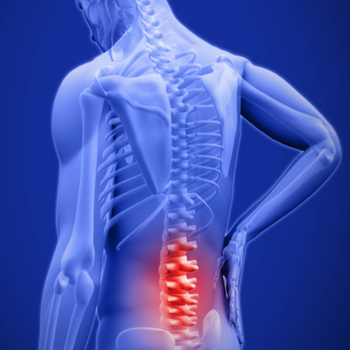Randomized-controlled trial of virtual reality for chronic lower back pain to improve patient-reported outcomes and physical activity

Chronic low back pain (cLBP) is a prevalent and costly condition that markedly impairs physical, emotional, and social function. Despite its overwhelming burden of illness, with one in four adults reporting frequent back pain, available drug therapies are limited in their ability to provide lasting benefits and improve health-related quality of life (HRQOL). Patients with cLBP frequently turn to opioids when other pharmacotherapies fail to provide adequate analgesia, yet often discover that opioids also fall short in delivering meaningful pain reduction or improving HRQOL. Hence, there is a critical gap in pain management in cLBP; it is vital to address this evidence gap in a way that maximizes benefits for patients while minimizing harms from medical therapy. Therapeutic virtual reality (VR) has emerged as a promising and evidence-based treatment modality for musculoskeletal pain, including cLBP. Users of VR wear a pair of goggles with a close-proximity stereoscopic screen that creates a sensation of being transported into lifelike, three-dimensional worlds. By stimulating the visual cortex while engaging other senses, VR modulates the user’s processing of nociceptive stimuli. Functional magnetic resonance imaging (fMRI) of the brain reveals that VR has similar effects on the sensory and insular cortex as opioids, and head-to-head trials show that VR achieves similar or greater analgesia as hydromorphone. However, there are few data regarding long-term efficacy and safety of VR in cLBP. To date, VR has been limited to short-term clinical trials. In addition, limited research exists on VR modalities beyond mere distraction, such as VR therapy that teaches exportable skills using cognitive behavioral therapy (CBT), guided meditation, and biofeedback-based breathing exercises. To address these gaps, we propose to measure patient-reported outcomes (PROs), biometric outcomes, and opioid use in 360 nonspecific cLBP patients randomized among 3 groups and followed for 90 days: (1) immersive skills-based VR therapy; (2) immersive distraction VR therapy; and (3) non-immersive sham VR using 2D videos displayed in a VR headset. The results will inform best practices for implementing VR in cLBP and identify patient-level predictors of efficacy.
July 9, 2021



